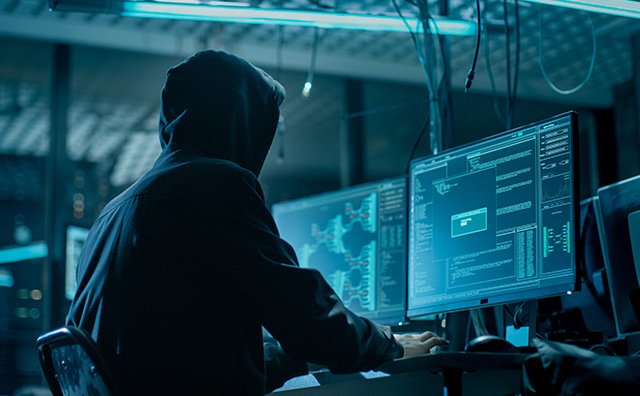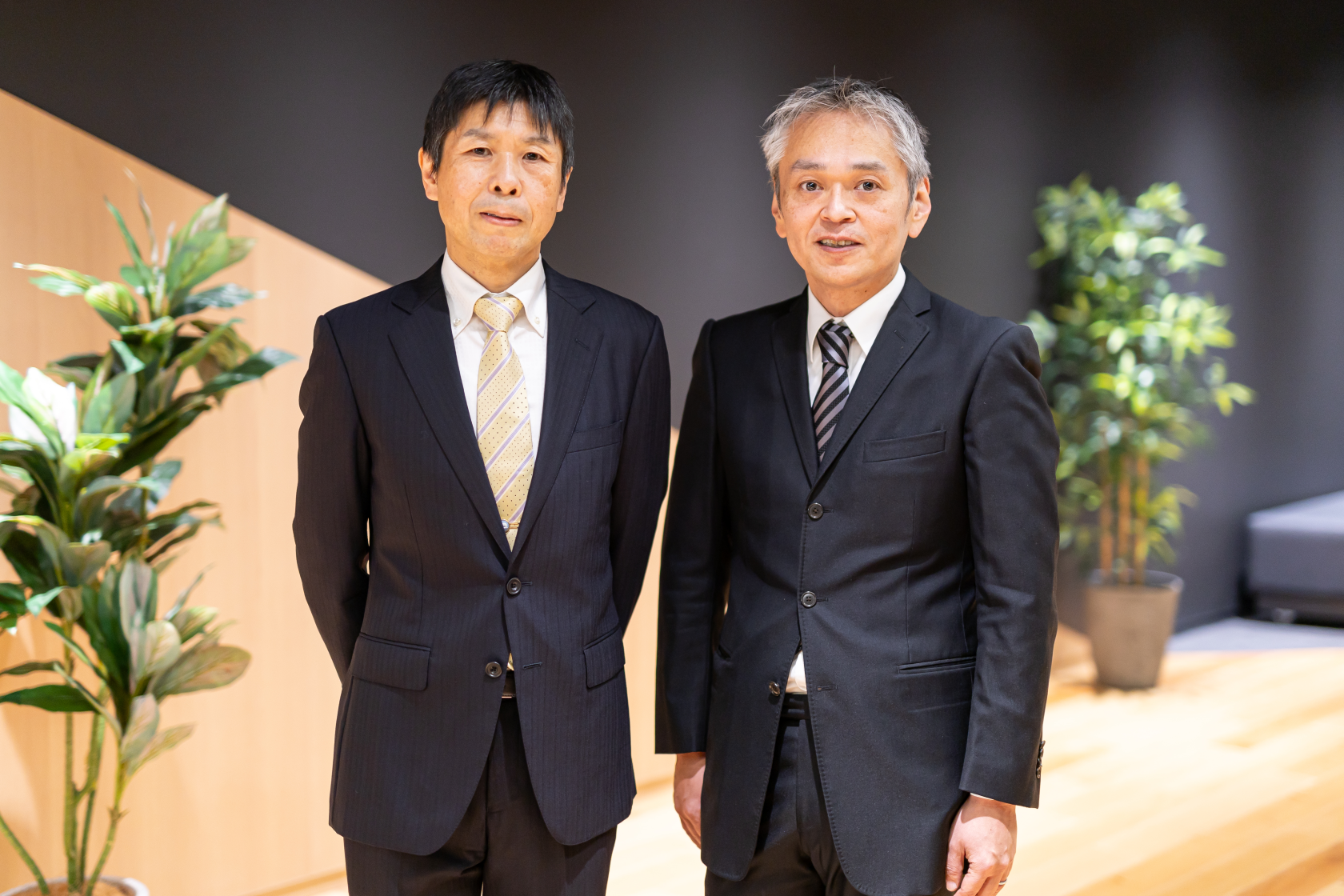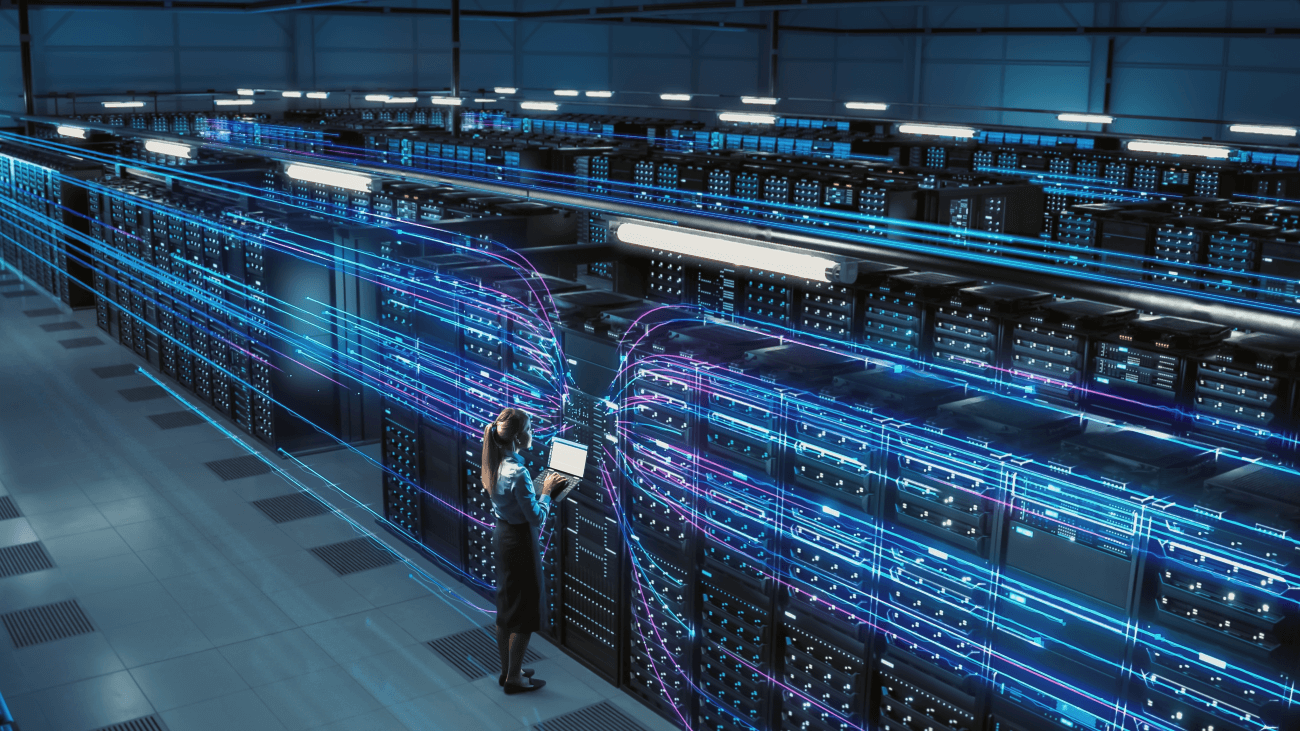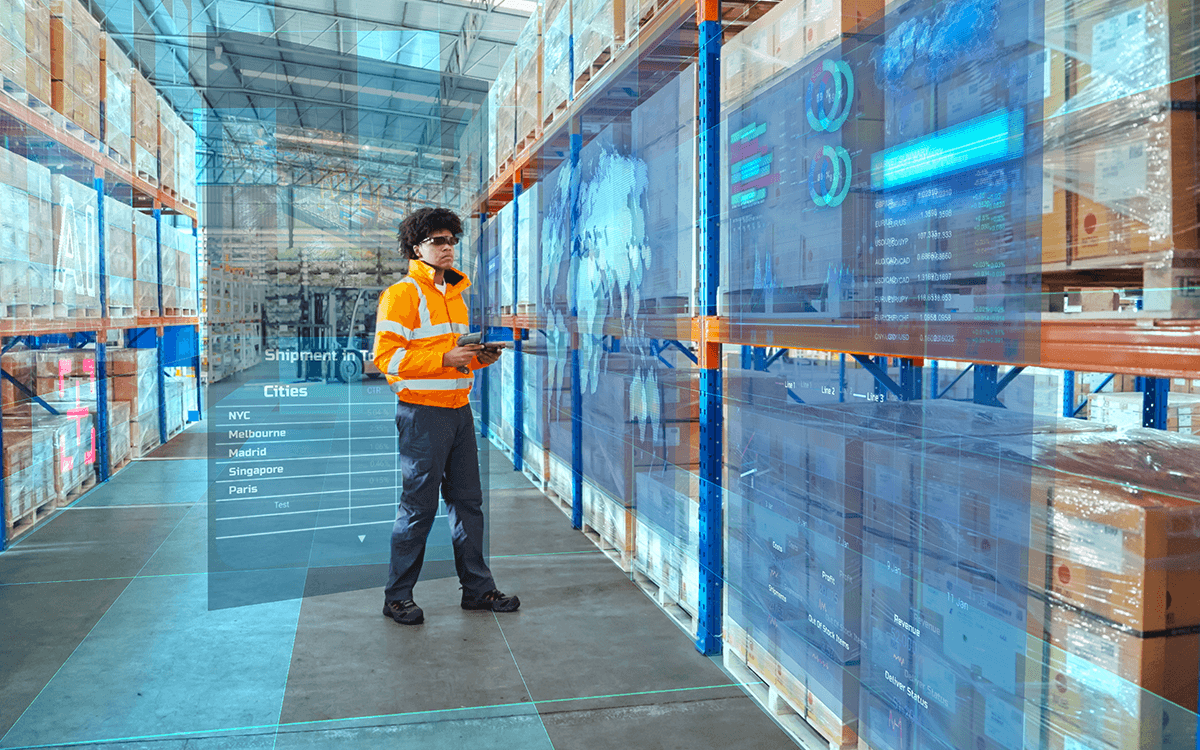Visualizing Structures and Risks to Ensure Resilient Supply Chains—The Approach of the Tokio Marine Group and Fujitsu
Fujitsu / March 31, 2025
The risks associated with supply chains are increasing for companies operating globally. Such risks include the intensification of natural disasters, geopolitical risks, pandemics, and ESG initiatives. Many companies face the challenge of ensuring business continuity while managing risks. Under such circumstances, Tokio Marine & Nichido Fire Insurance, Tokio Marine Resilience, and Fujitsu Limited have teamed up to develop the Fujitsu Supply Chain Risk Visualization Service (SCRV)—a service that visualizes the structure and risks of a customer’s entire supply chain—and launched the service in January 2024. We interviewed Shin Horiuchi, General Manager of Tokio Marine Resilience Sales Planning and Alliance Department, and Katsuya Kobayashi, Manager of Resilience Office, Market Strategy Department, Tokio Marine & Nichido Fire Insurance, about the present status of supply chain risks, the background of collaboration with Fujitsu, and the ideal supply chain management that the three companies aim for.
Capturing supply chain risks from two viewpoints: global and individual companies
How do you recognize the current status of risks in the supply chain?
Horiuchi: When considering supply chain risks, we think it is first necessary to visualize the supply chain structures. Then, we identify what risks exist for each company and its bases in the supply chain. Furthermore, different responses are required depending on the type of risk, and updating of the situation as it changes from time to time is also now required.
From a global perspective, there are traditional risks such as natural disasters, but there are also new risks that have become apparent due to, for example, economic nationalism and the pressure to respond to ESG issues. With risks becoming more diverse and complex, I feel that we are now in a situation where we have to encompass and deal with a variety of risks.
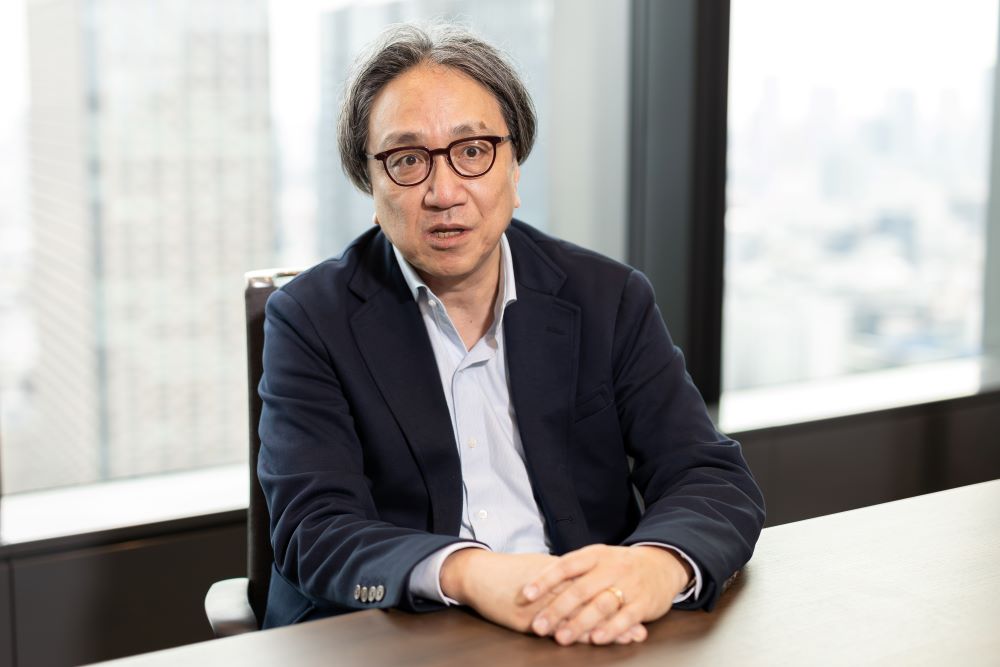
Shin Horiuchi
General Manager, Strategic Sales and Partnership Department,
Tokio Marine Resilience Co., Ltd.
On top of that, natural disasters have become more intense in recent years, and many companies are now facing new challenges that require more advanced risk management, not only for their own companies but also for their upstream and downstream supply chains. Even for risks that have been assessed in the past, companies must reanalyze and reassess the impact of the recent intensification of risk on their companies and prepare for appropriate countermeasures.
When it comes to the risk of economic nationalism, there are no globally uniform rules or standards in terms of economic security. For example, the U.S., China, and Europe all have their own rules and regulations. In some cases, it is necessary to adapt to those rules and standards to make business progress. To maintain a global perspective, companies need to understand what is appropriate for the regions in which they do or will do business. If information on changes in local rules is not promptly collected and addressed, risks will become apparent and sustainable business continuity will not be possible.
Kobayashi: Put another way, risks that cannot be controlled or managed by the company all by itself are becoming more complicated and increasing. For example, geopolitical risks are increasing, and these are risks that cannot be controlled or managed by the company itself.
In addition, please note that supply chains are becoming more complex and longer. One of the main reasons for this is that many companies have increased the number of suppliers to ensure stable supply and procurement of materials and parts. Risks previously thought to be unrelated to their own business, i.e., conditions at companies beyond their suppliers, have resulted in supply delays or disruptions, which in turn have caused damage to their own companies. This is another risk that is difficult to control or manage on your own.
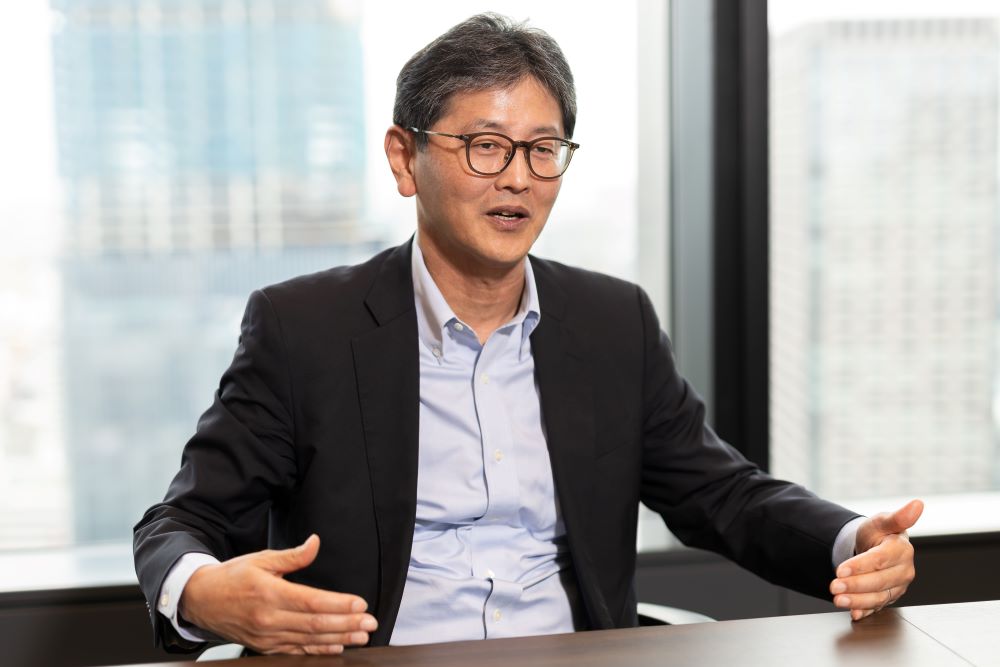
Katsuya Kobayashi
Manager, Resilience Division, Marketing Strategy Department,
Tokio Marine & Nichido Fire Insurance Co., Ltd.
Horiuchi: Supply chains can be vertically or horizontally integrated, and we believe that a well-balanced combination of these two will be necessary in the future. For example, the Japanese automotive industry has so far developed a vertically integrated supply chain in order to build an efficient supply chain. In light of the impact of the electrification of automobiles, it is expected that in the future, in addition to ensuring supply chain robustness, it will also be necessary to build horizontally integrated supply chains and risk management from the perspective of cost-conscious procurement.
However, there are two key points to consider when expanding in a horizontal manner. One is to ensure the uniqueness and competitiveness of our technology. The other is alternative procurement of technologically advanced components. We believe that the balance between the two is becoming increasingly important. In addition to understanding suppliers’ production capacity and inventory management during normal times, it will be necessary in the future to evaluate and analyze the impact on business continuity in the event of an emergency. In addition, it will also be important to select alternative suppliers and to understand the risks faced by the supplier’s production sites.
Growing Need for Resilient Supply Chains
As you mentioned that diverse issues exist, what kind of advice and proposals has the Tokio Marine Group been offering to clients in response to such issues?
Horiuchi: We believe it is also beneficial to consider two aspects of risk management. The first approach is loss prevention to keep accidents from occurring, and the second is loss control to minimize losses caused by accidents. Depending on the risks and damages that may occur, we need to consider whether we should prepare for loss prevention or loss control, and in some cases, we may need to combine the two approaches. For example, we survey the actual conditions of production sites and logistics for our clients in the manufacturing industry and propose measures to prevent accidents from occurring as an approach to loss prevention. In addition, as part of our loss control approach, we also provide support for the development of management systems and response manuals during and after fires.
We have been supporting our clients in upgrading their risk management, including these two approaches. As mentioned above, the business environment has changed dramatically, and risks to be addressed have become more diverse and complex, including economic security and human rights, in addition to the intensification of natural disasters. Against this backdrop, there is a growing need not only for more sophisticated risk management and loss minimization initiatives at individual companies, but also for risk management throughout the entire supply chain.
Kobayashi: After the Great East Japan Earthquake in 2011, the flooding in Thailand, the pandemic of the new coronavirus, and the shortage of semiconductors, such needs have become even stronger, and companies now consider risk management focused on the entire supply chain to be essential. However, it is also true that insurance policies are becoming more complex and difficult. As mentioned earlier, the number of risks that customers cannot control or manage has increased, becoming more complex and even larger. Nevertheless, we are receiving an increasing number of requests from our customers for assistance in risk management that will enable them to build resilient supply chains. Therefore, we have launched various initiatives based on the belief that visualization of risks in the entire supply chain will become more important.
Providing New Value to Customers’ Risk Management
Please tell us how you became involved in the collaboration with Fujitsu.
Horiuchi: In 2021, Fujitsu offered us the opportunity to jointly develop a solution to visualize risks throughout the supply chain. At the time, we had already begun to consider risk management for the entire supply chain, with collaboration with other ICT companies and solution vendors as an option. At the beginning of this interview, I mentioned that risks are becoming more complex and diverse, and that it is important for each company to consider what the risks are and how to address them. Risk management for the entire supply chain is very complex. There are a variety of risks, not just natural disasters, and there are also a variety of risk management solutions. In other words, risk is not limited to natural disasters.
Fujitsu’s Uvance concept aims to solve social issues, including the visualization of risks from natural disasters, and it is very close to the risk management we had in mind. We were concerned that collaboration with other ICT companies and solution vendors would focus on one particular risk. Therefore, we decided to work with Fujitsu, which aims to develop solutions that can visualize risks across a broad supply chain.
At the time we began joint development, we had little intention of selling the product as a set with insurance products. We thought that what was important was what kind of value we could provide to our customers. Insurance is a means of providing financial support when risk occurs or is likely to occur. Rather, we wanted to provide the added value of helping customers manage their risks. We partnered with Fujitsu because we felt that we could share this belief.
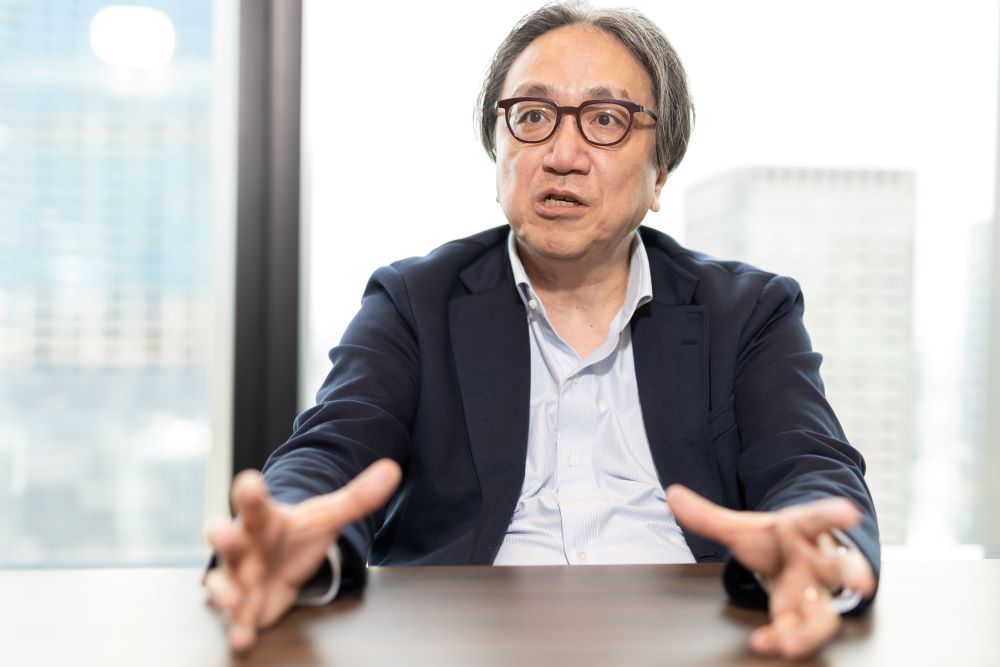
We provide Fujitsu with the vast amount of accident and disaster information we have, and Fujitsu incorporates that information into its systems. Based on this information, we will study solutions to visualize risks throughout the supply chain. This was our initial plan, and we added insurance products at a later stage.
Although we are a general insurance company, we take pride in the fact that we have been assisting our clients with risk management for a long time, from the time of our establishment to the present. Risk management is becoming increasingly important as risks become more diverse and complex, and that is the value we can provide to our clients. We believe that this is a good opportunity for us to demonstrate our true value.
Kobayashi: With this in mind, the initial purpose of the SCRV project was to develop an optimal supply chain risk management solution to meet the goal of 2030. Later, as we proceeded with joint development, our focus shifted to natural disasters. The SCVR we released focuses on natural disasters for now but our plan is to visualizes risk across the entire supply chain.
The SCRV functions as a platform, and we believe that the ideal at this point is that the management services for individual risks that we are releasing in collaboration with individual solution vendors will all be able to operate on this platform under the Uvance concept.
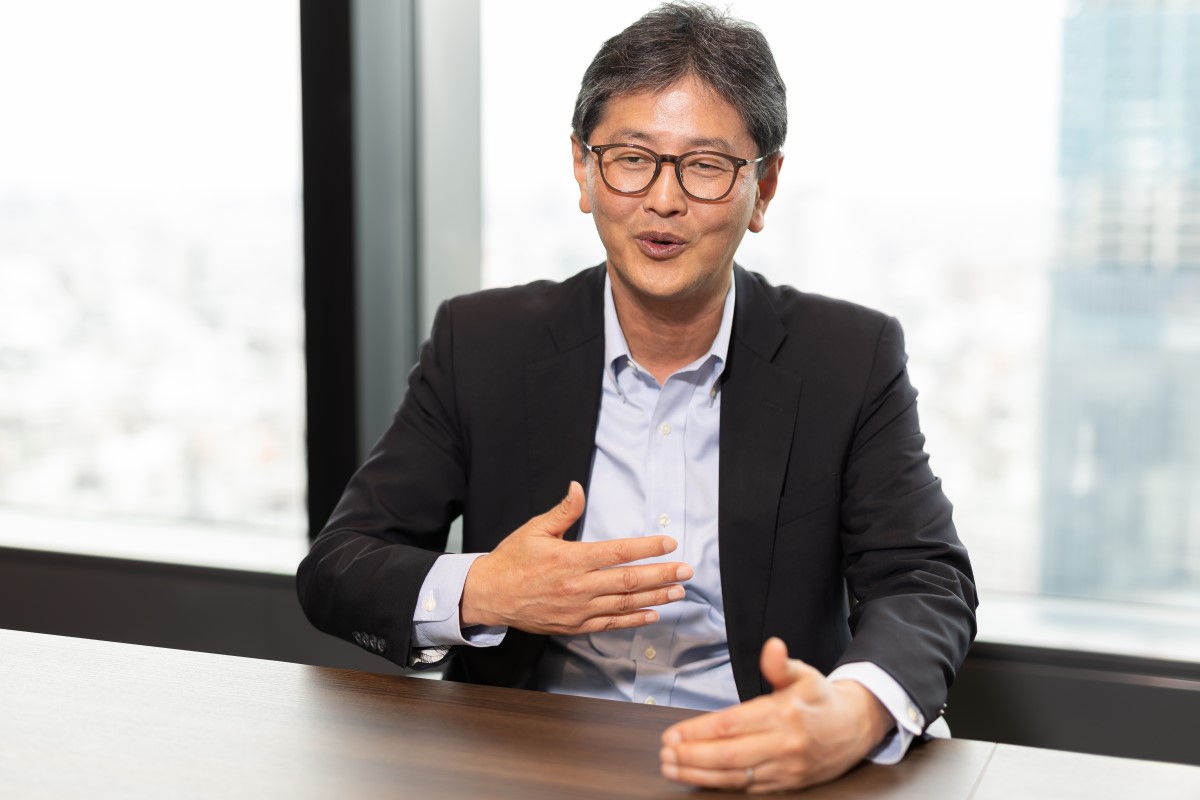
SCRV serves as the starting position for the risk management cycle
How does the Tokio Marine Group hope to make use of SCRV solutions in its business?
Horiuchi: SCRV is a solution that meets the needs of our customers to make their supply chains more resilient by visualizing the structure and risks in their supply chains. For example, let’s say a company is a bottleneck for Tier 0. In that case, we can offer that company a risk management solution that we already have. It would naturally lead to insurance business as well.
Kobayashi: SCRV is a tool for visualization, but risk management does not end with just visualizing the structure. It is very important to evaluate the impact of visualized natural disaster risks on corporate management and consider how to respond to such disasters. Risk management requires a cycle of visualization, evaluation, and countermeasures. We believe that SCRV is the starting position of this cycle.
It has been about a year since January 2024 when the service was launched. How would you describe the response from customers?
Horiuchi: Many customers are interested in our solution. I think the key point is to what extent we can improve the accuracy of global risk information. In managing risks for the entire supply chain, risk management during normal times is just as important as when an emergency occurs. In the spring of 2025 or later, a new function will be added to manage global peacetime risks. We hope to provide even more innovative value to our customers.
Kobayashi: It has been a great experience for us to work with Fujitsu in making approaches to customers and envisioning the future development of the system. Many of our customers have also seen the value of our partnership with Fujitsu, and we will continue to respond to them while carefully considering what more we can offer them in the future through our combination.
Note: The organizations to which each person belongs and the content of the interviews are current at the time of the interviews.
Editor's Picks




